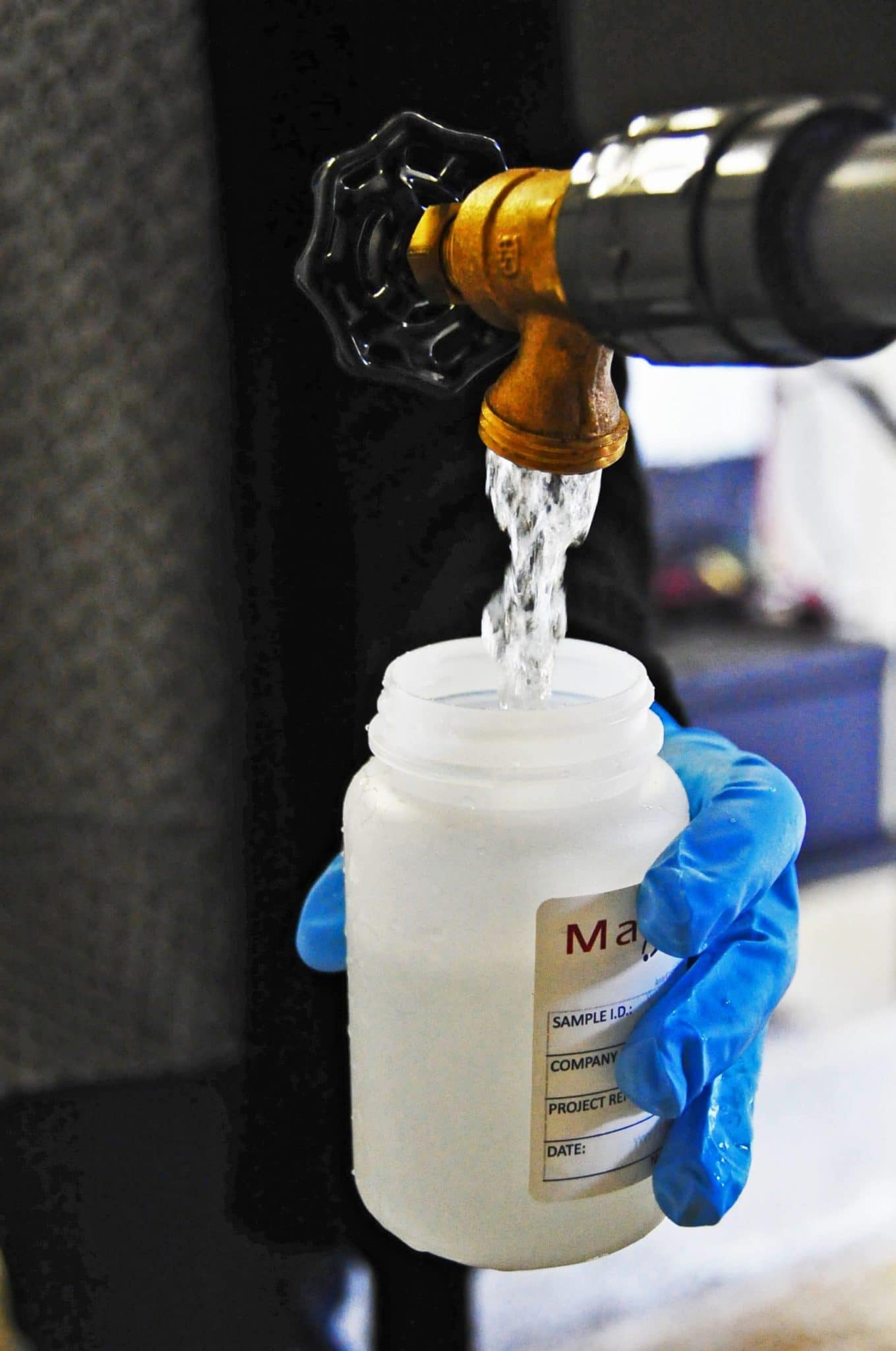Monitoring and Control of Your Water Treatment System – Part 6
Monitoring and Control of Your Water Treatment System - Part 6
Biological Activity in Cooling Systems
A biofilm fouling monitor is used to determine levels of microorganisms attached to surfaces in a cooling system. The monitor is made up of a holder that is threaded on both ends, where each half of the holder contains a screen that connects the glass beads to the sampling surfaces to garner the results.
The biofilm monitor can be attached at any location in the hot water return, as long as there is flow through the monitor of at least 1-2 gpm. It is best practice to run the monitor online at least 7-10 days before the sampling starts to ensure maximum results. As is usually the case, times can vary for developing a steady-state biofilm on the beads, based on system conditions. Steady-state is the state of equilibrium so to speak. It is reached when the amount of biological material turbulent flow is able to remove is equal to the amount of new biofilm produced by microbial growth. Once steady-state is achieved, changes in the levels of biofilm reflect changes in the system’s environment. Increased nutrient levels can lead to a greater amount of biofilm, while the addition of toxic materials will cause a reduction in biofilm levels. And through individual system monitoring, you can determine what level of fixed microorganisms is acceptable.
Macrofouling monitors are used to monitor the growth rate of Asiatic clams, zebra mussels, and other mollusks. The strategic use and design of macrofouling control monitors help to quantify the growth and settlement cycles in any particular area. They also provide the quantified results of the removal rates following this professional procedure.
A macrofouling unit is constructed with two fouling plates. Water flows upward through the unit. The mussel or clam larvae attach themselves to the fouling plates. Their growth rate is monitored visually by a scheduled examination of the fouling plates.
Halogen Residuals
Continuous on-line measurement devices used to monitor halogen residuals fall into two categories: colorimetric and amperometric.
Depending on the mode of use amperometric analyzers measure free or total halogen concentrations in water samples. Changing of halogen concentrations in the sample will produce a corresponding change in the electrical current that flows from the cathode to the anode of a sensor. There are amperometric analyzers available that also correct for variations in sample temperature and pH.
shows a colorimetric analyzer. This colorimetric analyzer changes color intensity depending on the chlorine presence found in the sample. Small volumes of sample, an indicator agent, and a buffer solution are metered exactly and mixed. During a development interval, the indicator oxidizes and produces a red or megenta compound which is photometrically measured. The color intensity is compared to a reference and the difference is used to characterize the chlorine concentration of the sample giving you essentially a color-coded visual readout. Variables in measurement accuracy can be attributed to the presence of nitrite, chromates, iron, manganese, chloramines, and other strong oxidants located in the sample. An educated selection of the chlorine analyzer and professional installation should help to minimize these measurement interferences.
Constant and diligent monitoring is an important part of many chlorine application processes including to control feed rate in potable water supplies, for use in verifying discharge for wastewater and industrial process steams, as an antimicrobial in cooling tower applications, and to prevent damage to reverse osmosis systems in industrial and municipal water supplies.


